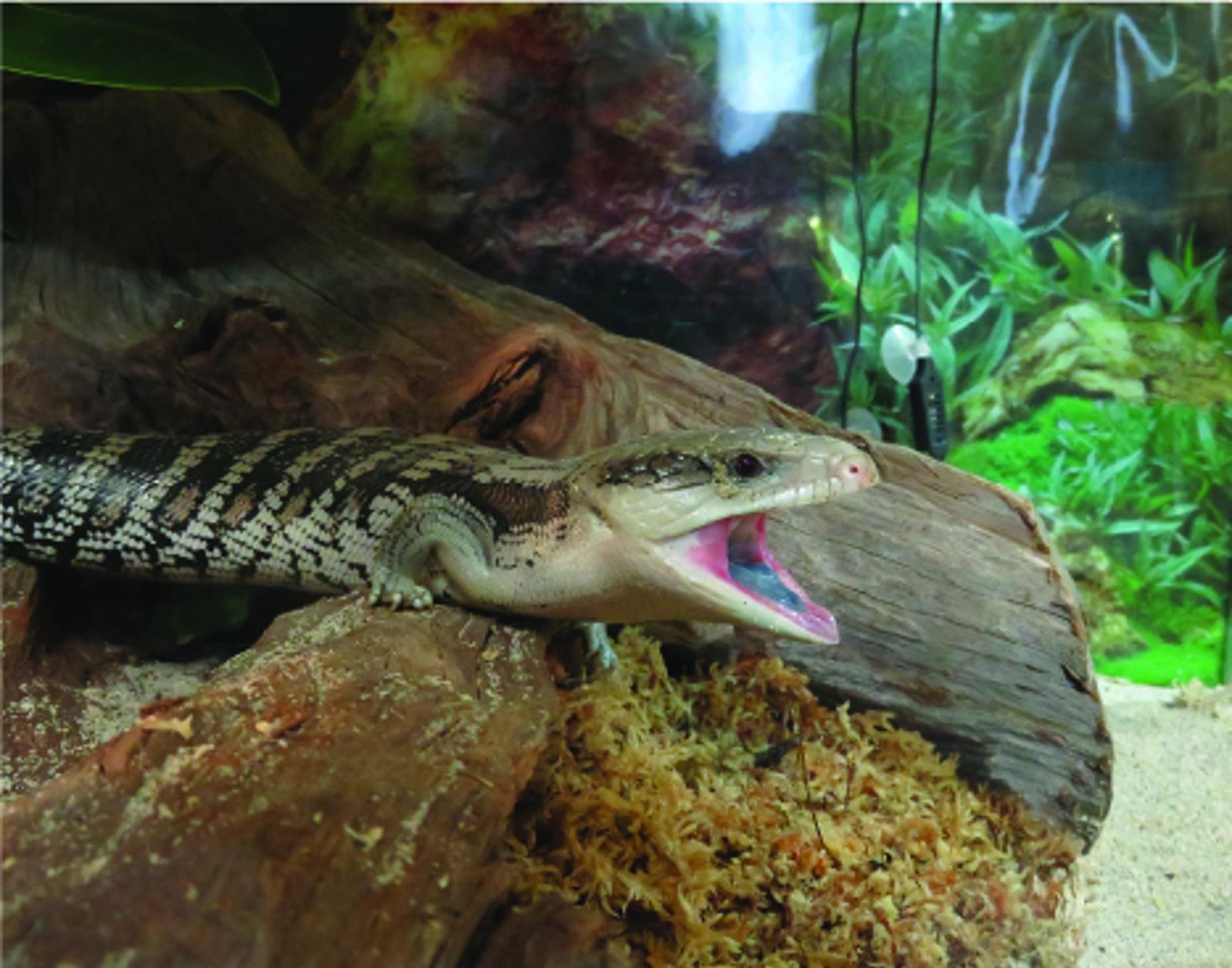
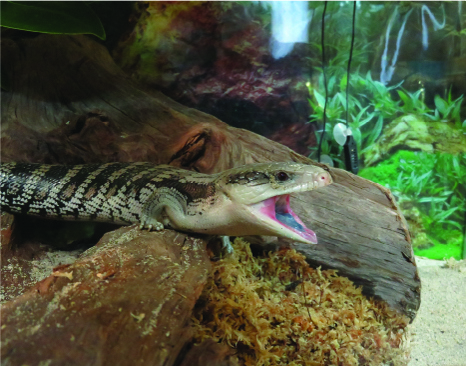
Diet: Slugs and snails.
Home: Australia.
Eastern blue-tongues are native to Australia and are also known as blue-tongue skinks or lizards. They are classed as reptiles and are a member of the skink family.
Blue-tongues are found in just about every part of Australia from coastal plains, in the mountains, in rainforests, in desert areas and in cities and peoples’ backyards. The eastern blue-tongue is found throughout much of New South Wales, west to Cobar. In the Sydney region, the eastern blue-tongue occurs on the coastal plains and in the Blue Mountains.
Adults can grow up to 60cm in length and travel at speeds of one to 5km an hour.
Did you know?
Eastern blue-tongues open their mouths and stick out their blue tongues as a warning when they feel frightened or threatened.
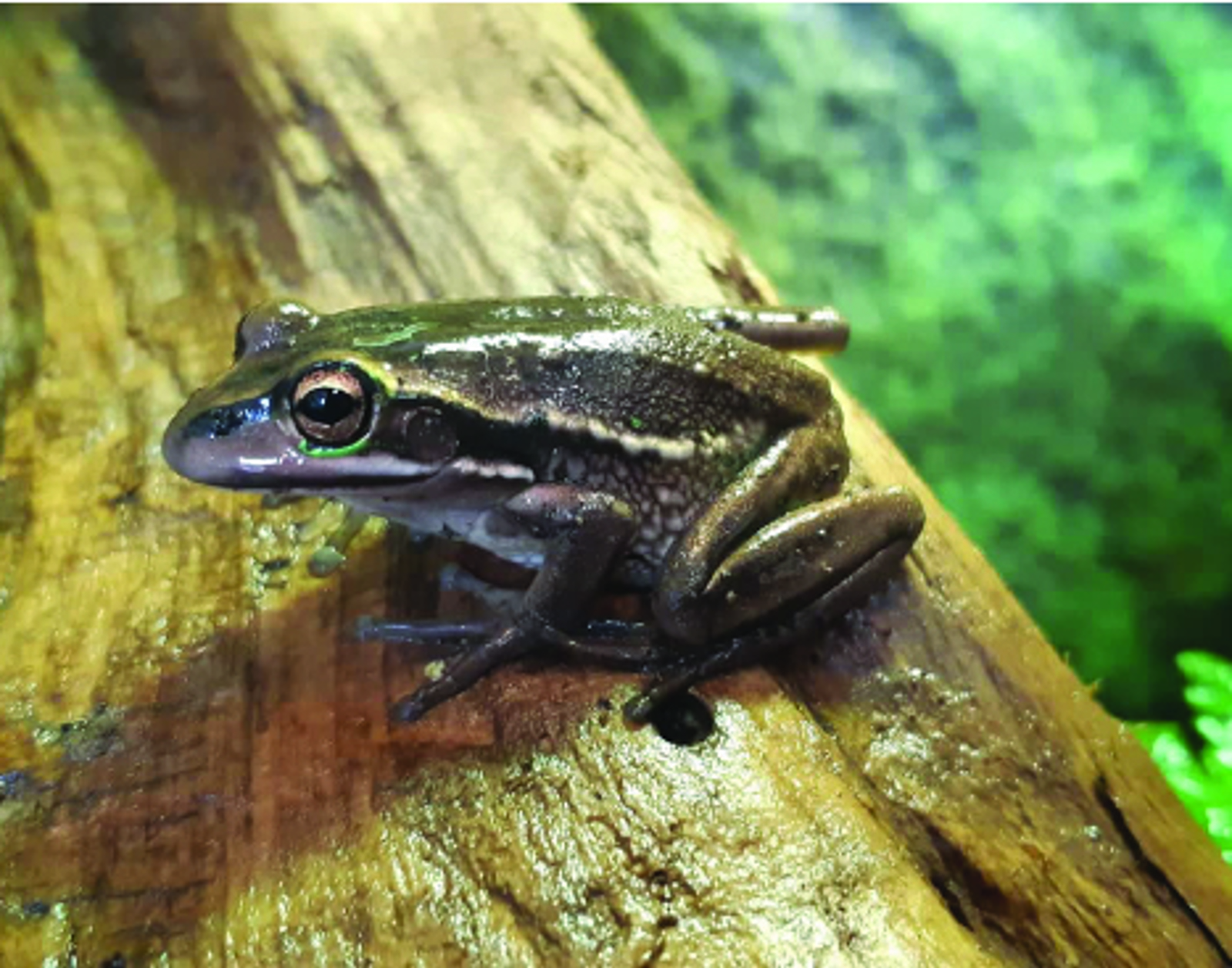

Diet: Insects.
Home: North Island of New Zealand & Australia.
Commonly found perched on aquatic vegetation, fallen logs or branches near shallow, sunny ponds.
They are brilliantly coloured; overall green with gold or bronze running through in patches. The back of their thighs and groin area are bright blue and the belly cream or white. Front feet are not webbed but back feet are and they have suckers for climbing on all toes.
Males are generally smaller than females, average length 60mm with females being closer to 90mm.
Breeding is in the summertime when the females lay between three and ten thousand eggs on the water in a floating mass which slowly sinks after six to 12 hours. The eggs hatch into tadpoles after two to three days and the metamorphosis into frogs occurs around two months later. Males croak, females don’t.
They catch their prey by pouncing, with mouth open, pinning them down with their muscular, sticky tongue.
They are listed as Vulnerable on the IUCN Red List of endangered species; declining due to a viral infection of frogs called Chytrid fungus.
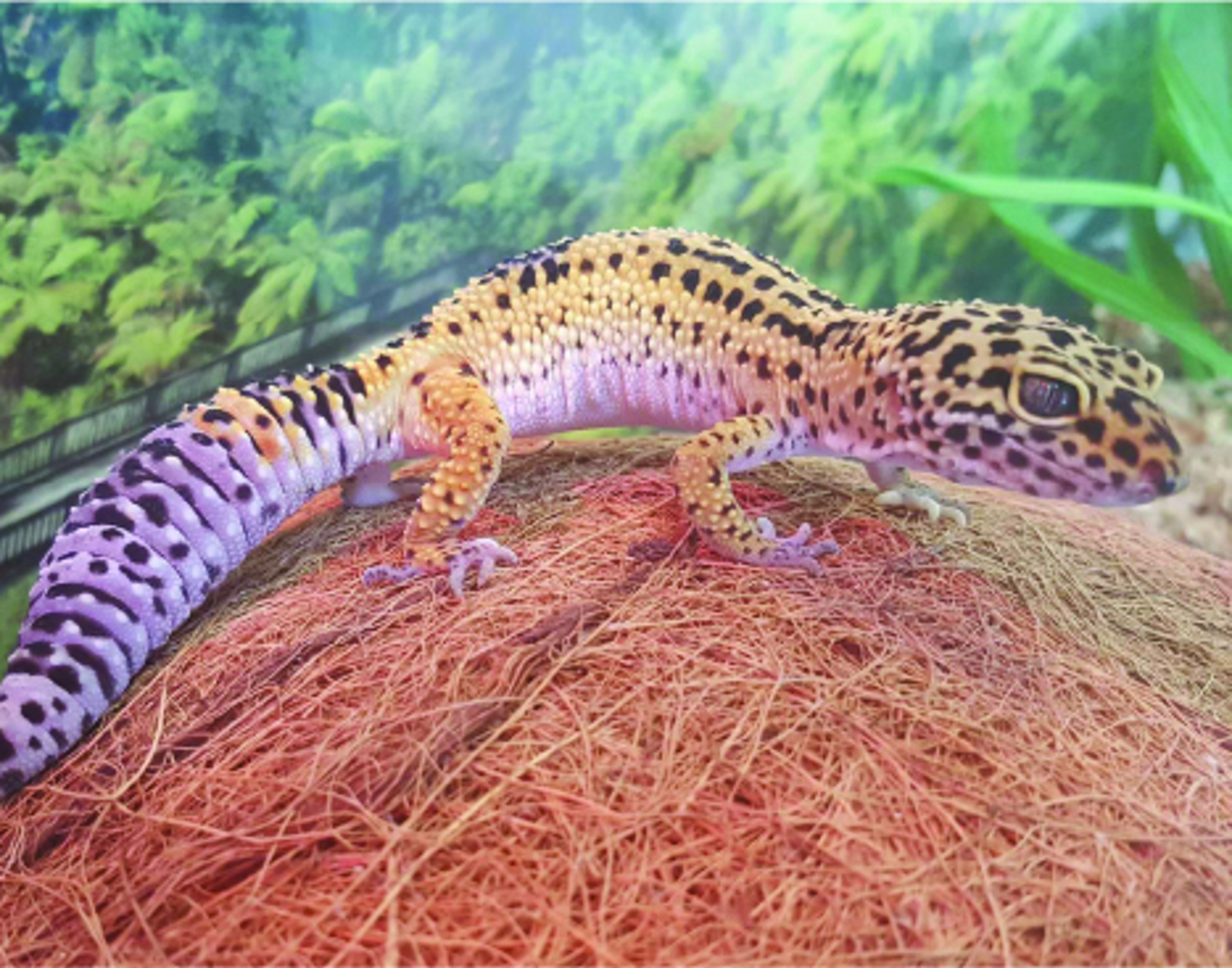
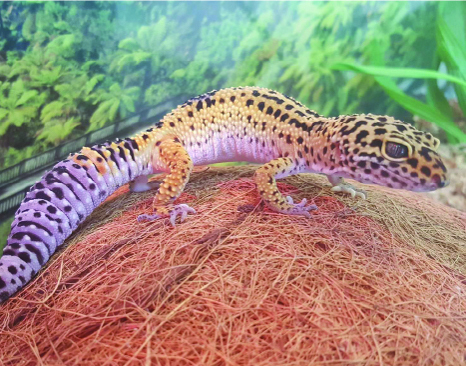
Diet: Leopard geckos are insectivores and at Brooklands Zoo they are fed insects such as mealworms, locusts and galleria.
Home: Leopard geckos are native to Afghanistan into Iran, Iraq and Pakistan.
They are found in arid and semi arid desert areas and are occasionally found in mountain ranges as well. They are terrestrial (living on the ground) rather than arboreal (above ground in plants and trees).
Like all reptiles, leopard geckos slough (shed) their old skin to make way for the new skin underneath. They cannot regulate their own body temperature and rely on their environment to absorb warmth.
Adults can grow up to 27cm in length and can weigh up to 65 grams.
Did you know? When food is scarce in the desert, they can rely on their ability to store excess fat in their tails.
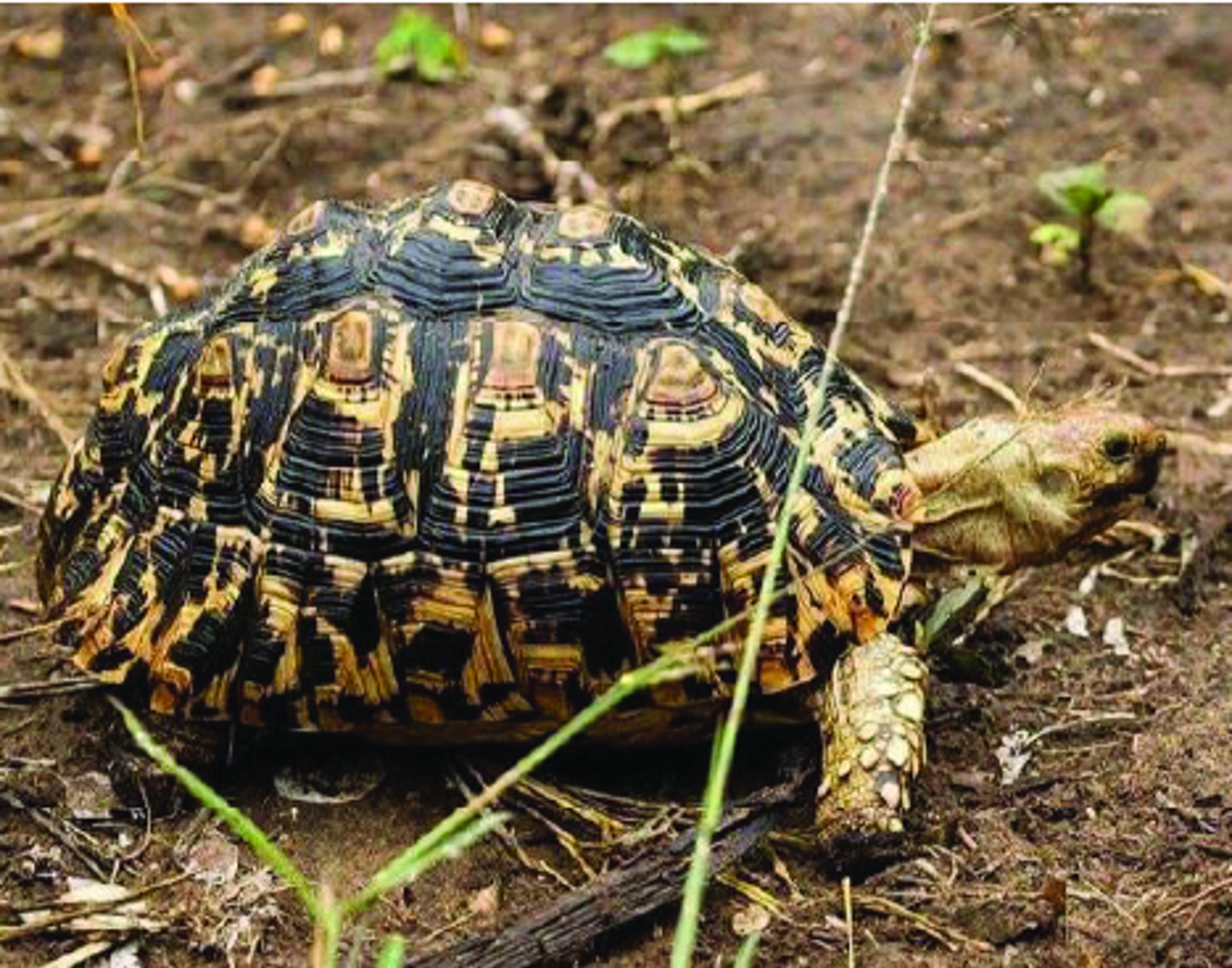
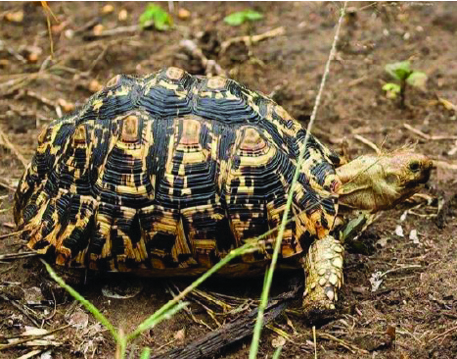
Diet: Grasses, succulents, thistles, weeds.
Home: Eastern and Southern Africa.
They occupy varied habitats including grasslands, thorny scrub, brush land and savannas. They can be found at altitudes ranging from sea level to 2,900 metres. They do not live in areas that are too cold or damp.
The leopard tortoise is the world’s fourth largest tortoise species and can grow up to lengths of up to 2ft and can weigh up to 32kg. They have an elevated shell (known as a carapace) features a range of pyramid shaped peaks. The shape of their shell means that if they overturn they can right themselves again. Shells are coloured yellow or cream with black dots at the centre of the pyramids surrounded by dots, dashes and stripes of black. The shell markings of each tortoise is individual to them.
The sex of a tortoise hatchling is determined by the temperature at which the egg is incubated. Eggs incubated between a temperature range of 26-31°C will be male, and 31-34°C will be female.
Leopard tortoises are herbivores; their diet consists of a wide variety of plants including thistles, grasses, and succulents. They will sometimes gnaw on bones or even hyena faeces to obtain calcium, necessary for bone development and their eggshells.
Lifespan is between 50 and 100 years.
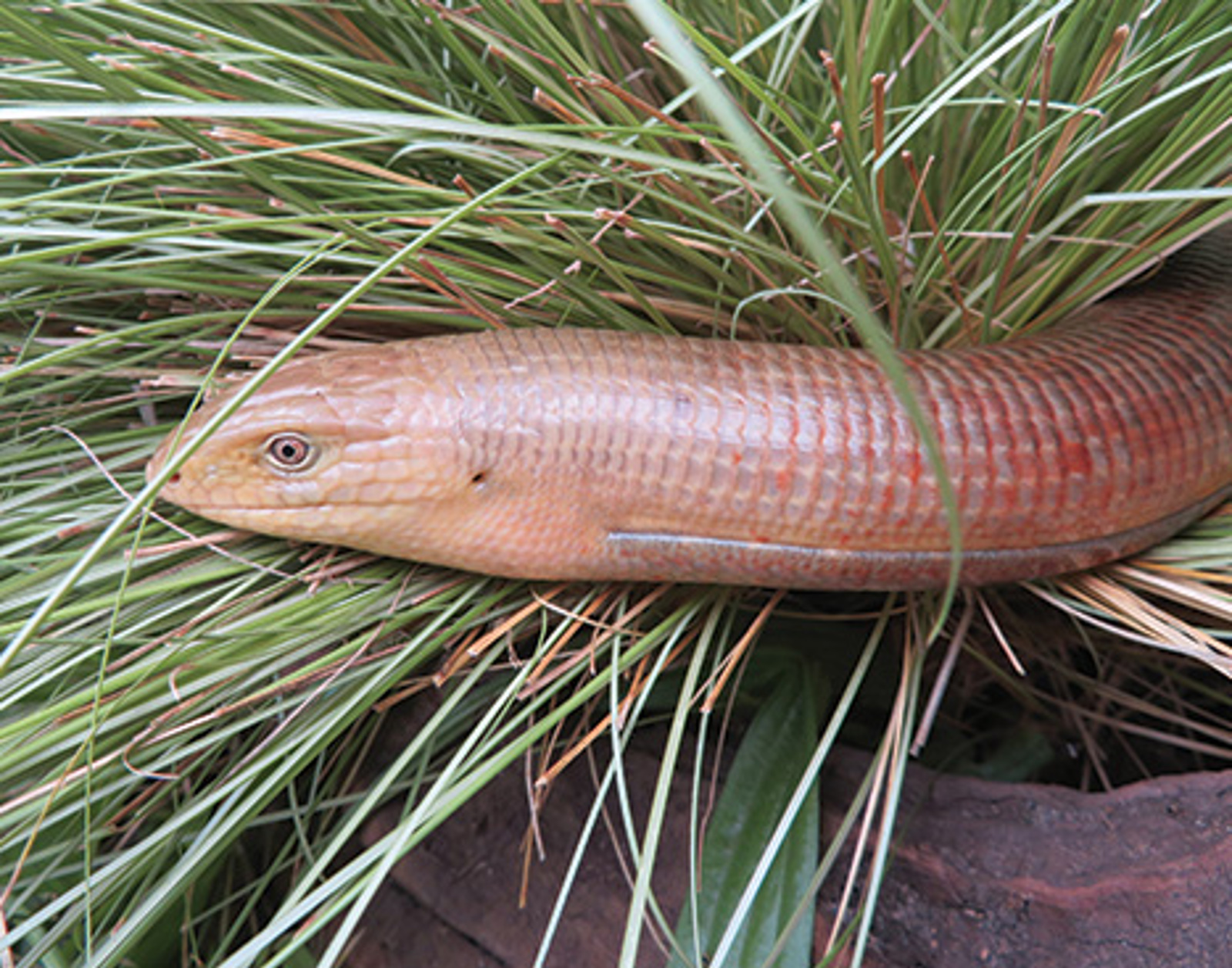
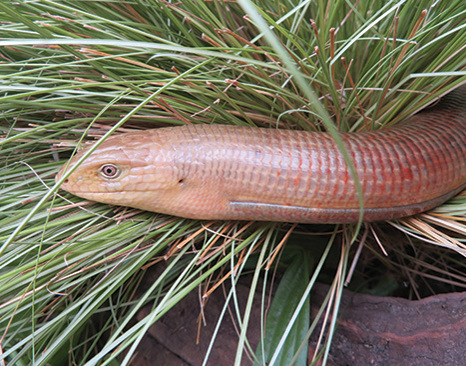
Diet: Insects, eggs, small mammals/birds.
Home: Mainland Europe through to Central Asia.
Although it may look like a snake, the scheltopusik is actually a legless lizard and is sometimes also known as the European legless lizard. It does however have two very tiny ‘legs’ or ‘leg stubbs’ near its cloaca, at the base of its tail.
Scheltopusik prefer to live in habitats of scrubby vegetation, rocky outcrops and sparse woodland. They like a dry climate but will come after the rain to hunt for snails and slugs. Their main diet is insects but they also eat eggs, very small mammals and birds.
They can grow up to 1.35m in length as adults.
Females lay eggs and after around 50 days young hatch and they are only 15cm in length.
They have a unique lateral groove that runs down each side of its body.
Like other lizards it has the ability to shed its tail if under threat but it prefers not to do this and will twist, hiss and bite to defend itself.
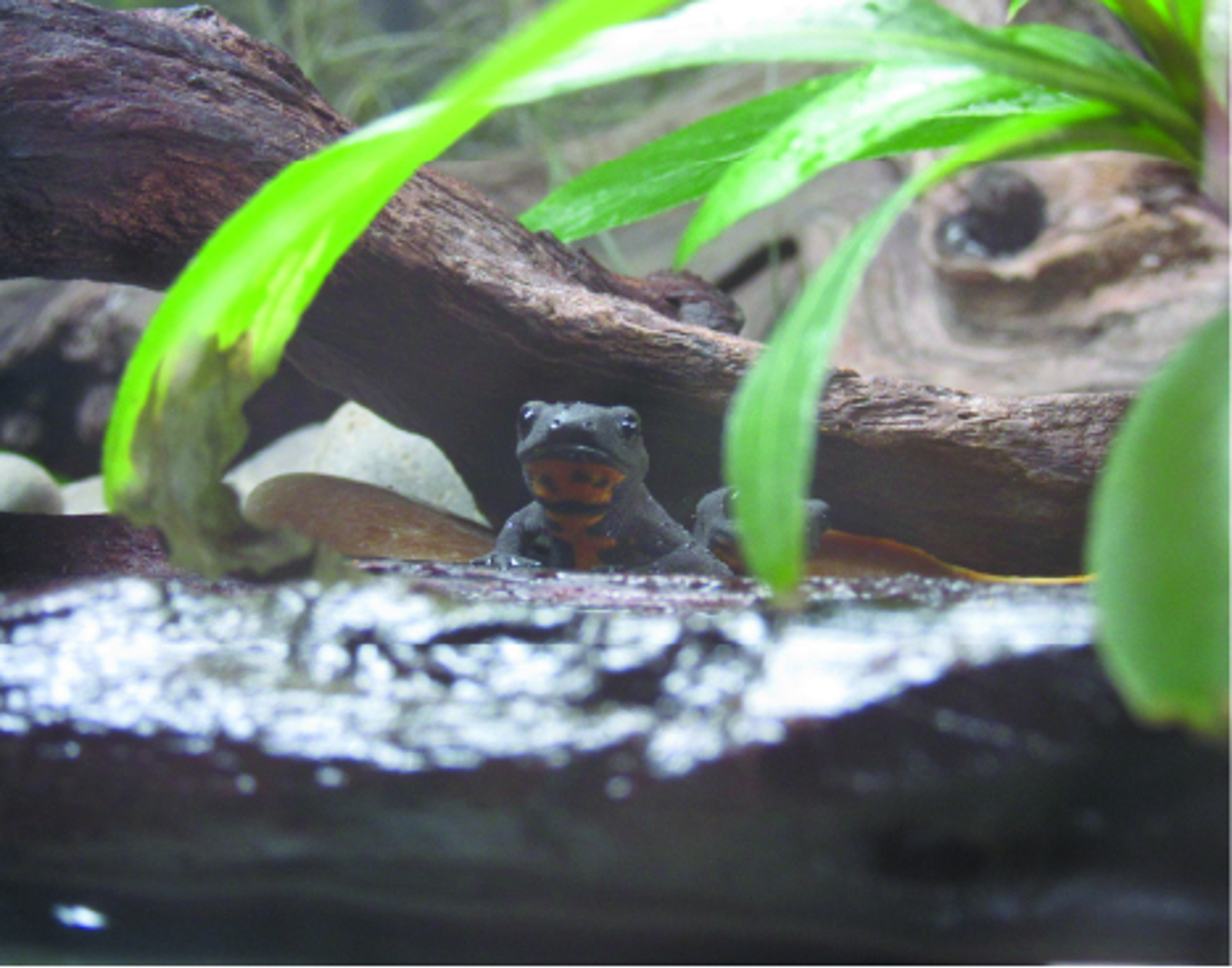
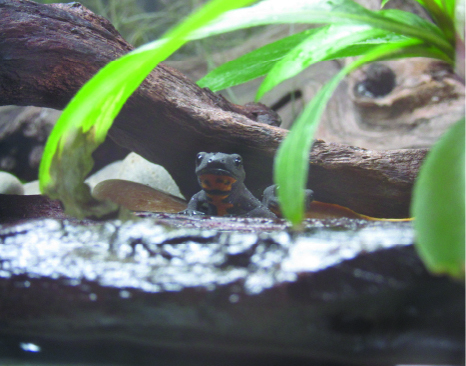
Diet: A wide variety of aquatic invertebrates and other amphibian larvae.
Home: Oriental fire-bellied newts are native to China and are also known as Chinese fire-bellied newts. They are semi-aquatic and are usually found in slow moving streams and rivers with plenty of vegetation in which they can hide; but are also found in ponds, lakes and ditches.
Adults range in size from two to four inches in length and they generally live an average of 10-20 years of age. They are a nocturnal species; but it is not uncommon to see them active during daylight hours.
Did you know? Oriental fire-bellied newts are mildly poisonous and excrete a neurotoxin (called tetrodotoxin) through their skin and have fairly prominent poison glands on the sides of their head. The amount of toxin in these newts may be able to kill small animals and the toxin can easily irritate the eyes, mucous membrane and mouth if you come into contact with it.
They have a striking bright orange or red and black marbled pattern on their bellies which is a warning to predators that the newt is harmful to eat due to the toxic skin secretions.
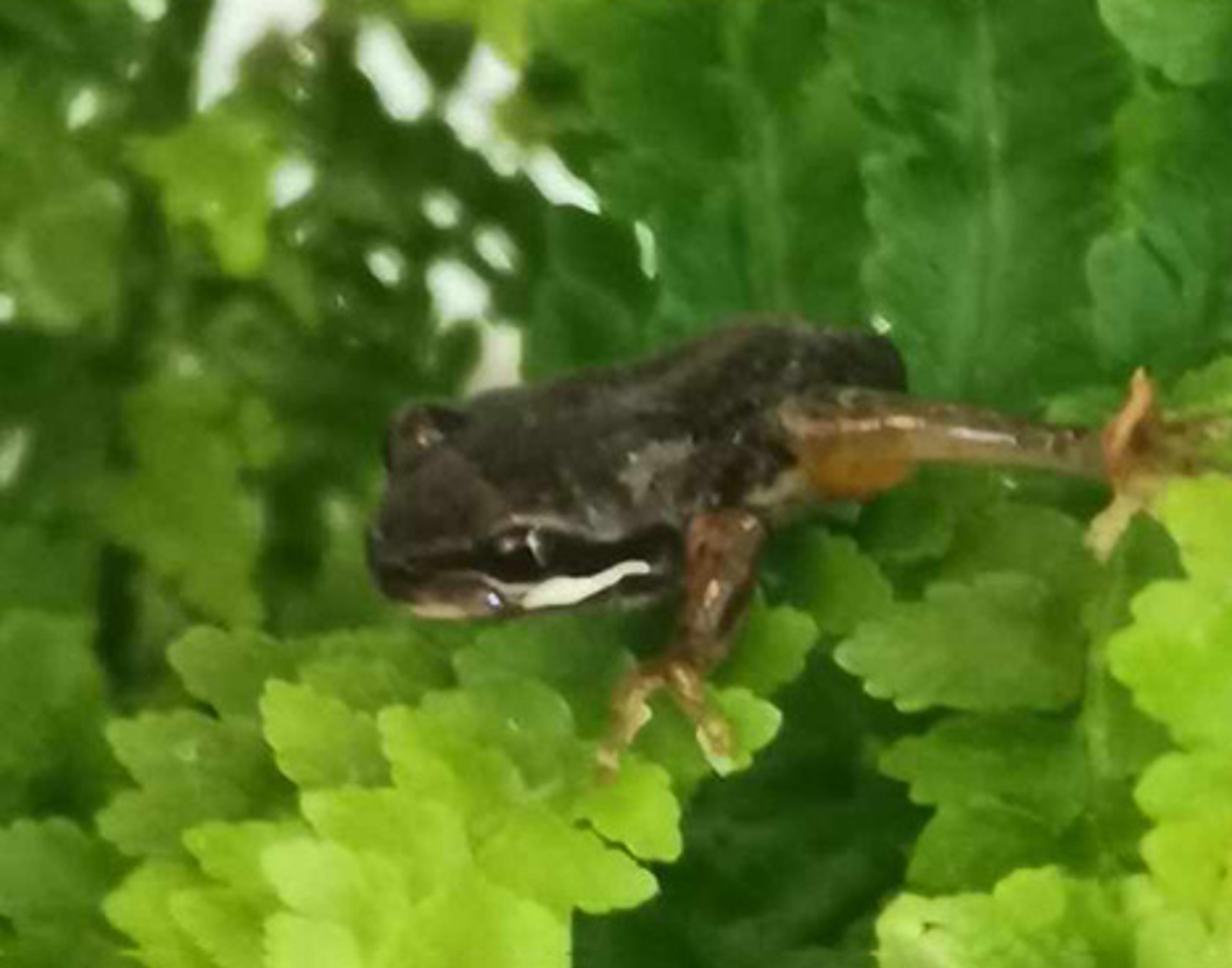
Brown Tree Frog
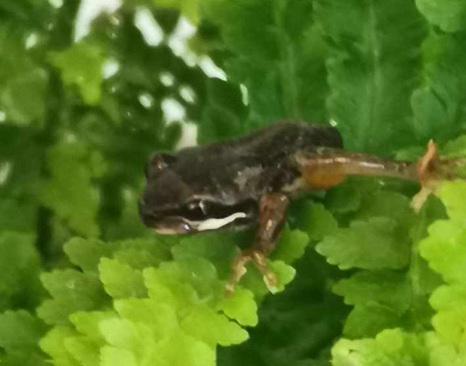
Diet: Insects, much like other small frog species. Its specific wild diet is not known however likely includes small invertebrates and spiders.
Home: North and South Islands of New Zealand including Stewart Island. Also known as the whistling tree frog, the call of the brown tree frog is similar to a cricket call. Introduced from Australia, they can withstand cold temperatures and are now established all over Aotearoa. They are listed as ‘least concern’ on the IUCN Red List of endangered species. Amphibian chytrid fungus is a major threat to frogs worldwide. The fungus has been confirmed in introduced frog populations all over New Zealand and in native frog populations on the Coromandel Peninsula and Whareorino Forest as it can be spread from frog-to-frog contact or through contact with infected soil and water.
How you can help: Frogs are sensitive to disease, pollution, chemicals and environmental changes – consider how your actions may affect frogs in the wild.
People can spread the amphibian chytrid fungus by moving soil and water around on their boots, gaiters, equipment and vehicles. Animals can also spread it.
Frogs are also vulnerable to introduced predators such as rats, mice, pigs, stoats and cats – consider helping with pest control. The Department of Conservation is interested in records of introduced frogs because populations may transmit disease or directly compete or predate native frogs. Check out their website to Report a frog sighting.